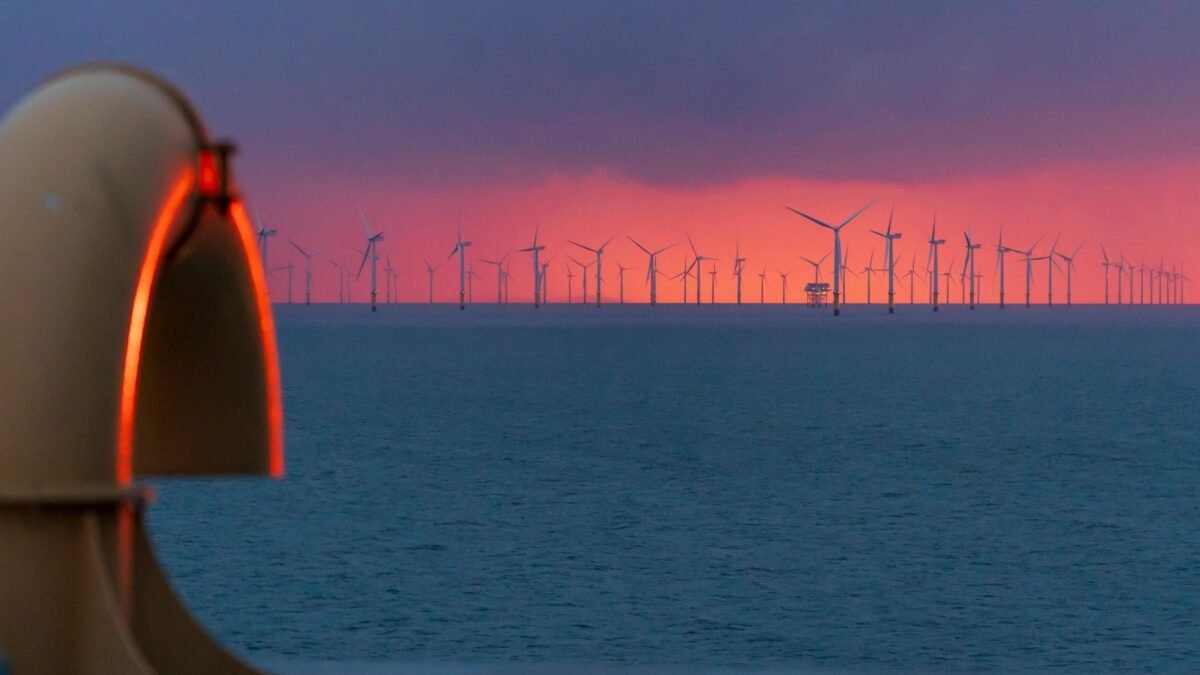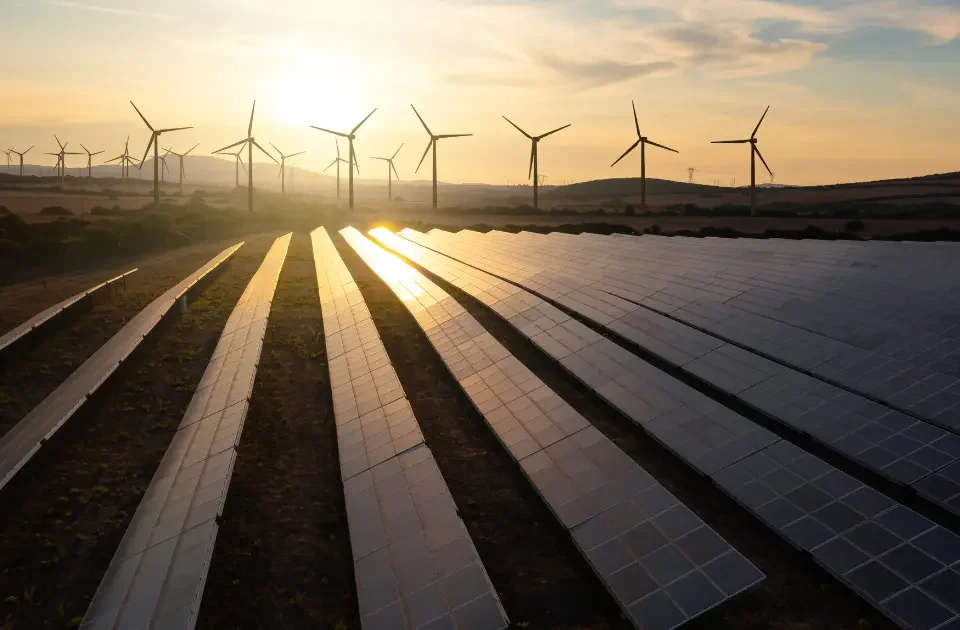Offshore wind farms are emerging as a powerful solution to the global energy crisis, harnessing the vast and untapped potential of wind resources over the oceans. These large-scale installations are strategically placed in coastal and deep-water areas where wind speeds are typically higher and more consistent than on land. By capturing the kinetic energy of the wind and converting it into electricity, offshore wind farms offer a sustainable and reliable source of renewable energy. Let’s delve into the benefits, challenges, and future prospects of offshore wind energy.
Advantages of Offshore Wind Farms
Higher Wind Speeds: One of the primary advantages of offshore wind farms is the availability of stronger and more consistent wind speeds over the sea. This results in higher energy yields compared to onshore wind farms. Offshore wind turbines can capture more energy due to their placement in areas with minimal obstructions, leading to increased efficiency and reliability of power generation.
Less Land Use Conflict: Offshore wind farms do not compete with land for agriculture, housing, or other uses, reducing land use conflicts. This makes them an attractive option for densely populated regions where land is scarce and expensive. By utilizing the vast ocean space, offshore wind farms can generate significant amounts of electricity without compromising valuable land resources.
Larger Turbines: Offshore wind farms can accommodate larger turbines than their onshore counterparts. These larger turbines have higher capacities and can generate more electricity per unit. The ability to deploy larger turbines is facilitated by the absence of transport constraints and the vast available space offshore.
Reduced Visual and Noise Impact: Since offshore wind farms are located away from populated areas, they have a reduced visual and noise impact on local communities. This helps to mitigate opposition and gain public support for renewable energy projects. The placement of turbines far from shore ensures that they do not interfere with the daily lives of residents.
Technological Innovations
Technological advancements are driving the growth and efficiency of offshore wind farms. Innovations in turbine design, such as floating wind turbines, are enabling the deployment of wind farms in deeper waters where traditional fixed-bottom turbines are not feasible. Floating turbines are anchored to the seabed using mooring lines, allowing them to harness wind energy in previously inaccessible locations.
Additionally, advancements in materials and construction techniques are enhancing the durability and lifespan of offshore wind turbines. These innovations include corrosion-resistant coatings, advanced composites, and robust structural designs that withstand harsh marine environments. Improved maintenance and monitoring technologies are also ensuring the reliable operation of offshore wind farms.
Environmental and Economic Impact
Offshore wind farms offer substantial environmental benefits by reducing greenhouse gas emissions and promoting clean energy generation. By displacing fossil fuel-based power generation, offshore wind energy contributes to the reduction of air pollution and the mitigation of climate change. The transition to renewable energy sources like offshore wind is essential for achieving global climate targets and ensuring a sustainable future.
Economically, offshore wind farms create jobs and stimulate local economies. The development, construction, and operation of offshore wind projects require a skilled workforce, leading to job creation in coastal regions. Additionally, offshore wind farms attract investment and drive innovation in the renewable energy sector, fostering economic growth.
Challenges and Solutions
Despite their numerous benefits, offshore wind farms face several challenges. These include high installation and maintenance costs, environmental concerns related to marine ecosystems, and technical challenges associated with deep-water deployment. However, ongoing research and development efforts are addressing these challenges.
Cost reduction strategies, such as economies of scale, improved supply chains, and innovative financing models, are making offshore wind projects more economically viable. Environmental impact assessments and mitigation measures are ensuring the protection of marine life and habitats. Technological advancements in floating wind turbines and underwater cabling are overcoming the technical challenges of deep-water deployment.
Conclusion
Offshore wind farms represent a significant advancement in the field of renewable energy, offering a sustainable and efficient solution to the global energy crisis. With their higher wind speeds, reduced land use conflicts, and larger turbine capacities, offshore wind farms are poised to play a crucial role in the transition to clean energy. As technological innovations continue to drive the growth of offshore wind, these installations will contribute to a greener, more sustainable future by harnessing the immense power of the sea.




